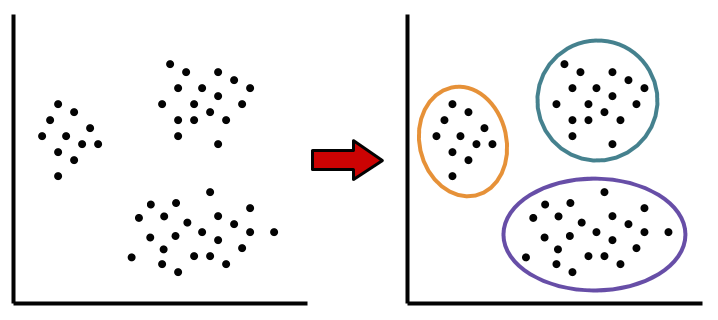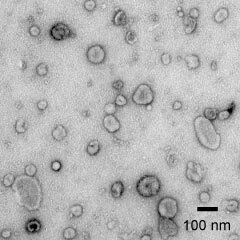Newest Posts

CANCER GENETICS & EPIGENETICS
Cancer is inherently a genetic disease. Within our bodies, there is an ongoing biological battle between two categories of genes with opposing functions. On one side, there are cancer-causing genes. But on the other side, there are genes responsible for preventing this illness from arising in the first place. Read on to learn more about the genetic mechanisms behind cancer.

SYNTHETIC LETHALITY: A NEW ANGLE FOR CANCER THERAPY
Cancer is difficult to treat because it mutates quickly and frequently, enabling cancer cells to develop resistance to many therapies. However, scientists and doctors can take advantage of the many mutations in cancer using a concept called synthetic lethality.

BREAST CANCER - ONE DIAGNOSIS, MANY DIFFERENT DISEASES?
Breast cancer is the most common cancer in women and about a quarter of a million new cases of breast cancer will be diagnosed this year. For many years previously, patients with breast cancer have been prescribed essentially the same blanket treatment for their cancer. However, “breast cancer” itself is not just one disease; patients who are diagnosed with breast cancer may have tumors that differ in many significant ways, including amount of aggression and sensitivity to drug treatments.

EXOSOMES: IT'S NOT THE SIZE OF THE PACKAGE THAT MATTERS, BUT WHAT A CELL CAN DO WITH IT
Scientists have known for decades that cells readily communicate with each other. To send signals close by, a communicative cell can nestle up to a neighbor that has the lock into which its key fits (yes that is a euphemism - a euphemism for ligand-receptor binding. To talk to other cells they aren’t directly touching, cells can release substances such as hormones). These substances enter the circulatory system and eventually are sensed by other groups of cells that can respond to that specific signal. We pretty much thought those were the only two broad ways that cells could talk to each other by directly touching or by releasing signaling molecules. However, in the 80s, a group of scientists first described tiny spheres, or vesicles, inside cells in a laboratory[1]. They noticed that these vesicles were eventually expelled into the cell…
